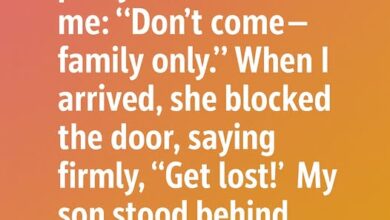She never spoke in class, just sat quietly in the back, eyes lowered, notebook always closed!

In every classroom, there’s a quiet student who fades into the background. She sat by the window, notebook aligned, eyes distant. Teachers and peers assumed shyness or disinterest. Our professor valued vocal participation, seeing silence as apathy.
One Thursday, during a stalled ethics discussion, he snapped at her: “You’re here every day. Say something. Did no one teach you to speak?” She stood calmly, walked to the whiteboard, and wrote: “I lost my voice in an accident two years ago. But that doesn’t mean I have nothing to say.” Then: “Most people don’t ask. They just assume.” The room froze; the professor flushed with shame.
The next day, he gave her a small whiteboard to contribute. She did—sharing profound, empathetic insights. We learned sign language from her. The class grew quieter, filled with real listening. The professor confessed: “I thought communication meant talking well. She showed me it’s about listening—to what’s said and unsaid.”
On the last day, she wrote: “Thank you for listening. It means more than you know.” Her words stayed on the board for months. Years later, I remember her—the girl whose silence taught presence, compassion, and understanding. It spoke louder than any voice.


